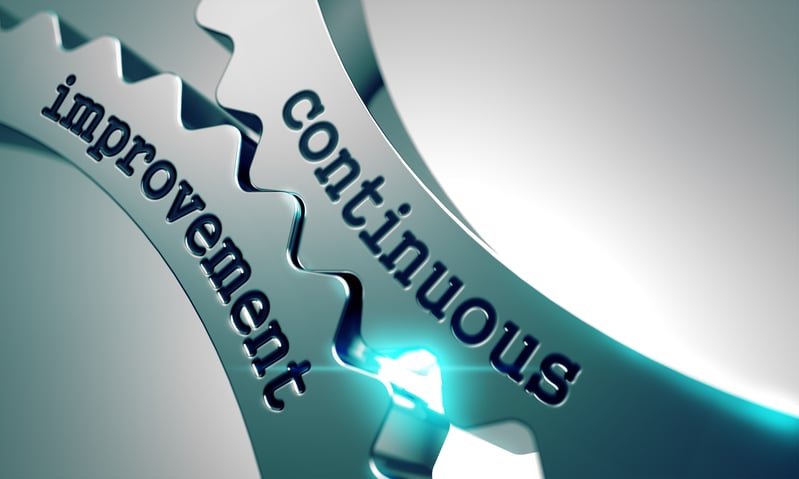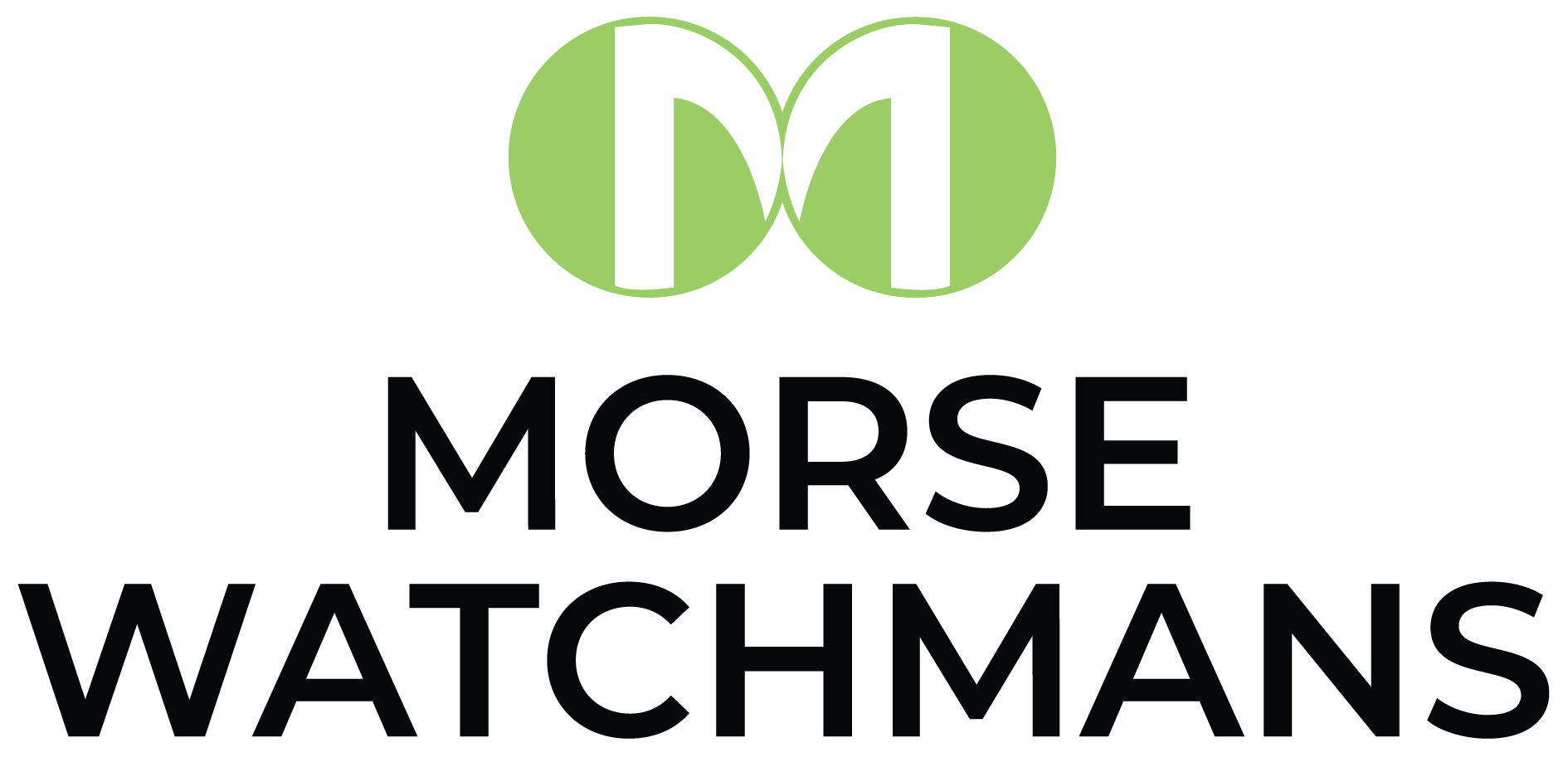 Physical security is an evolving market with a consistent need for high performance, cost-effective, unified solutions that help ensure a safe and secure environment. In particular, advanced key management systems address those needs with a full range of choices and capabilities that make key management systems even more secure and more useful for today’s security needs.
Physical security is an evolving market with a consistent need for high performance, cost-effective, unified solutions that help ensure a safe and secure environment. In particular, advanced key management systems address those needs with a full range of choices and capabilities that make key management systems even more secure and more useful for today’s security needs.
Regardless of the size or type of facility, managed key control can help any organization in minimizing and monitoring risk. The automated systems are designed to control, manage and track keys and only release them to authorized users. Online monitoring, updating and reporting capabilities enhance the functionality of a key control system and add to the integrity of the overall security plan.
The process of implementing a key control and management involves a few basic steps:
- Conduct an overview of the facility to identify all access points and installed locks
- Determine the operational needs of the facility and employees, as well as of others who may need access to the facility (e.g., service repair or contractors)
- Establish a policy with clear procedures for effective key control and management
The first step is to catalog every access point and every piece of door hardware. Afterward, management should assess which individuals have keys, which specific keys they have and which doors they access. It’s a good idea to consider future system growth at this stage of planning: what may seem adequate today may become insufficient in a year or two. Next, review operational needs to understand how the facility works on a day-to-day basis, so that use of a key control and management system is efficiently optimized. For example, is a second language display required, or would auditory prompts or other instructions help guide beginning uses?
Assessing these and other requirements in the planning stages will help ensure daily operations are disrupted as little as possible and the implementation is a success. Whether the facility is a hospital, dormitory, hotel or an office building, having a comprehensive grasp of daily activity will help in implementing a key control system and will also help in minimizing the trade-off between security and convenience.
If a networked key control system is planned, a review of the network topology at this time will reveal any configuration and performance alterations that may need to be applied. Mobile access requirements and compatibility with other security systems should also be reviewed to maximize interoperability for more comprehensive integrated operations.
Configuring a key control solution is as easy as identifying needs and then building the system with modular components that meet those needs. The combination of modules and/or lockers is entirely up to the user. Access to the key and asset cabinets can also be customized, with options including a built-in keypad, biometrics such as a fingerprint reader and a magnetic or proximity card reader. Key control and asset management systems can also be configured with additional security features to help enhance the integrity of the system. For example, where protection of asset lockers itself is mission-critical, installation of a remote access device provides an additional layer of protection.
Key management system usage guidelines and/or policies are typically mandatory for gaming and prison applications and may also be required when systems are used for access to university dormitories or hospital pharmaceutical areas. In these and other areas, a simple but strong set of guidelines for administration and use of the key control system will help to define areas of responsibility, reinforce access control policies that are already in place, enable better control of the keys and help reduce costs associated with lost or mismanaged access.
For more information on effective implementation of a key control and asset management system through best practices, check out our free whitepaper: Understanding Key Control Systems and Best Practices.



